Reporting from the building site at Ron Arad’s clever ToHA towers in Tel Aviv
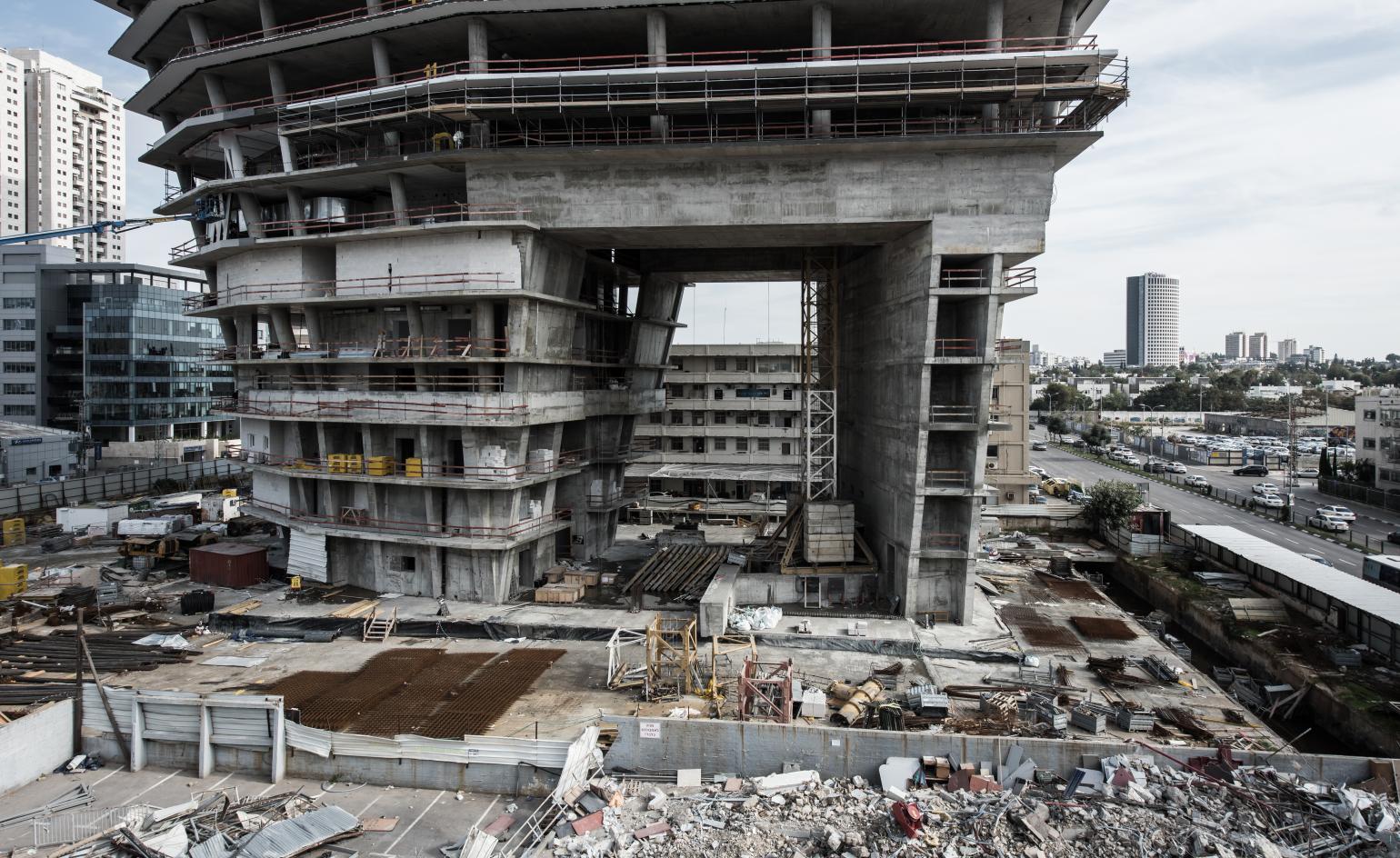
Flexibility and imaginative engineering meet at the building site for ToHA – a.k.a Totseret Ha-Aretz – in Tel Aviv. The new development, designed by Ron Arad, has been rising fast in the Israeli town, gearing up to make its mark on the city’s skyline.
The result of a joint venture between local developers Amot and Gav-Yam, the complex consists of two towers – one 28 storeys and the other 63 storeys high – which are situated next to each other on a common base of commercial facilities and a split-level planted and landscaped public space. Offices will occupy the upper floors, while two roof terraces at the top will host a number of restaurants and facilities open to the public. A sky bridge will connect the two towers.
Located a stone’s throw from the train station in the heart of Tel Aviv, the project stands out not just for its overall modern style and nature – the site was a rare opportunity for a new-build scheme in the centre of town – but also for its distinctive volume. The buildings’ eye-catching outline was carefully sculpted to negotiate various requirements, from lighting needs to several site constraints and local planning regulations.
Indeed, the structure is full of ingenious solutions, spearheaded by the team’s innovative thinking. Its unusual distribution of massing, stepped façade and the internal arrangement were key. ‘We refer to this as the upside-down building’, says Arad. ‘Plant and machinery are placed down below, freeing up the roof and upper levels for delight and enjoyment. We managed to achieve a seriously small footprint for such a large building, with “legs” that are sprouting from a lush park, rather than a shopping mall’. This gesture helps free up ground space for circulation to create a sense of space and avoid unnecessary density.
‘The lower technical levels are clad with a permeable façade of cross-mounted panels, creating an “X” pattern’, continue the architects. ‘This woven-like arrangement allows for plant facility ventilation, and provides a coherent aesthetic to the first seven floors of the building.’
Currently, construction is moving full steam ahead at the Tel Aviv building site, and the team aims to complete Phase 1 – the first tower – by the end of 2018. That is when construction will begin on the second and last phase, aiming for full completion of the second tower and surrounding landscaping by 2022.

The concrete core now gives a good sense of the building’s outline, which is narrower towards the base and widens at the top.
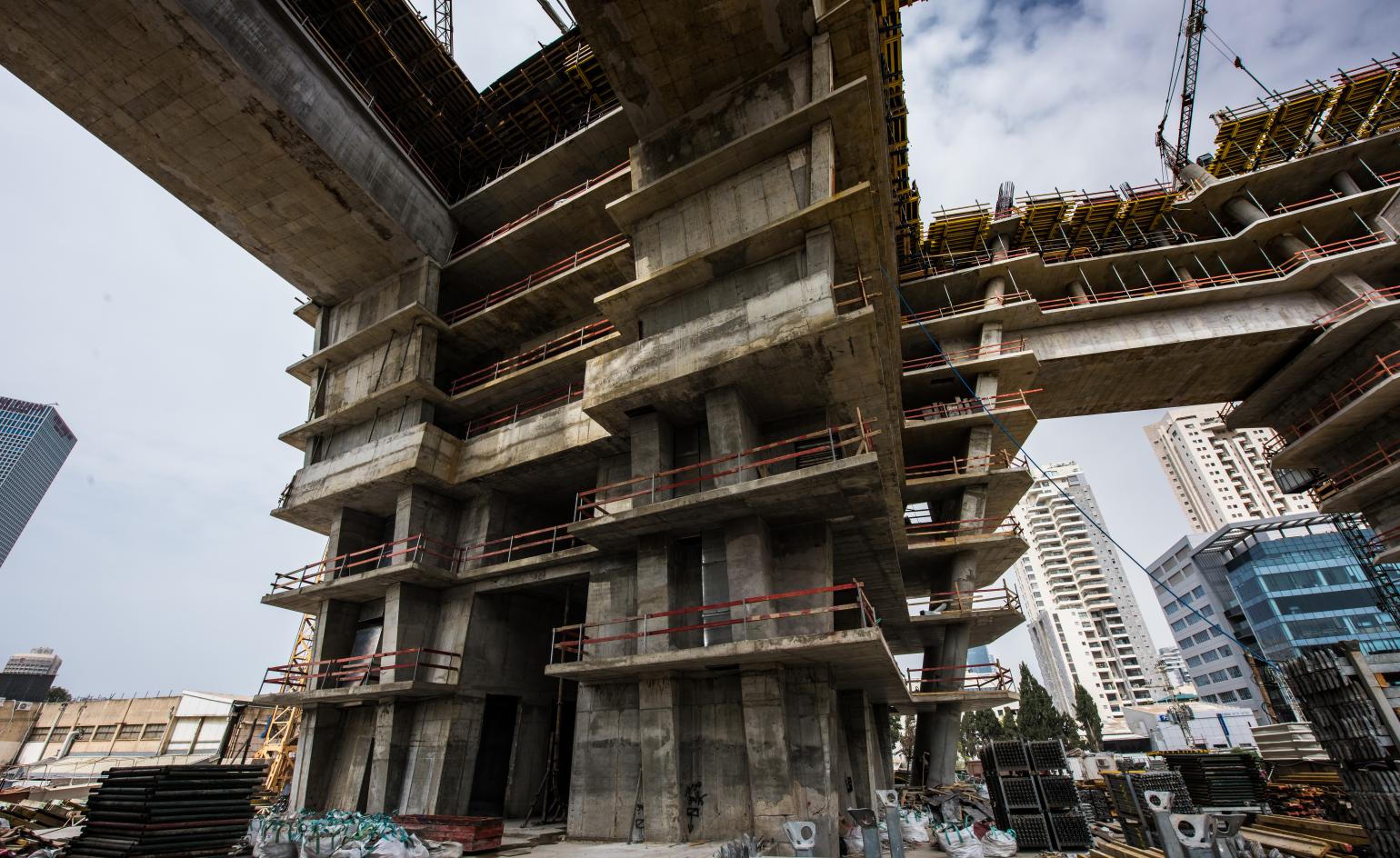
The project consists of a set of towers - one 28 and one 63 storeys high.
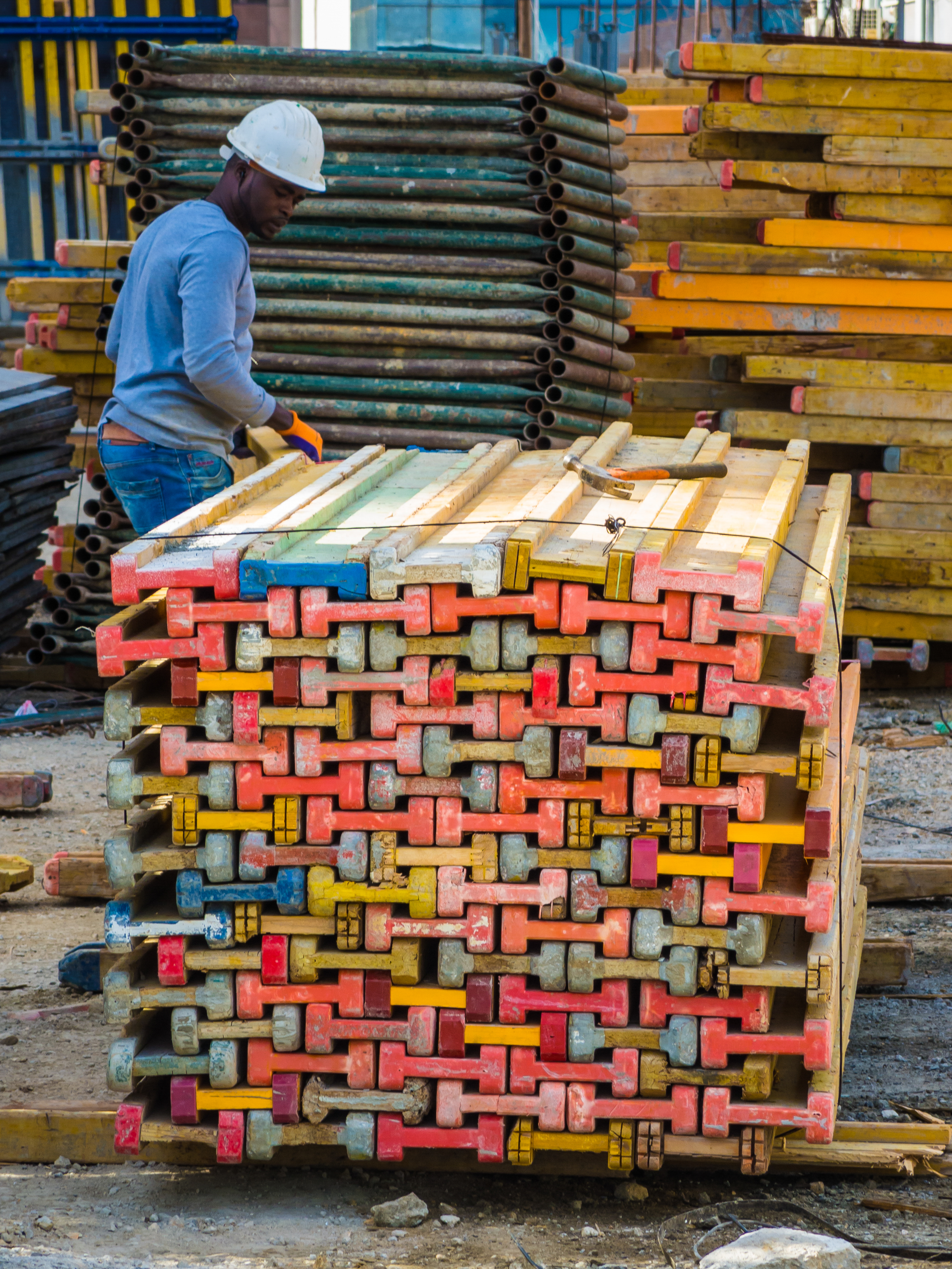
The complex's first phase is due for completion towards the end of 2018.

The two buildings will be linked by a generous sky-bridge at level 26.
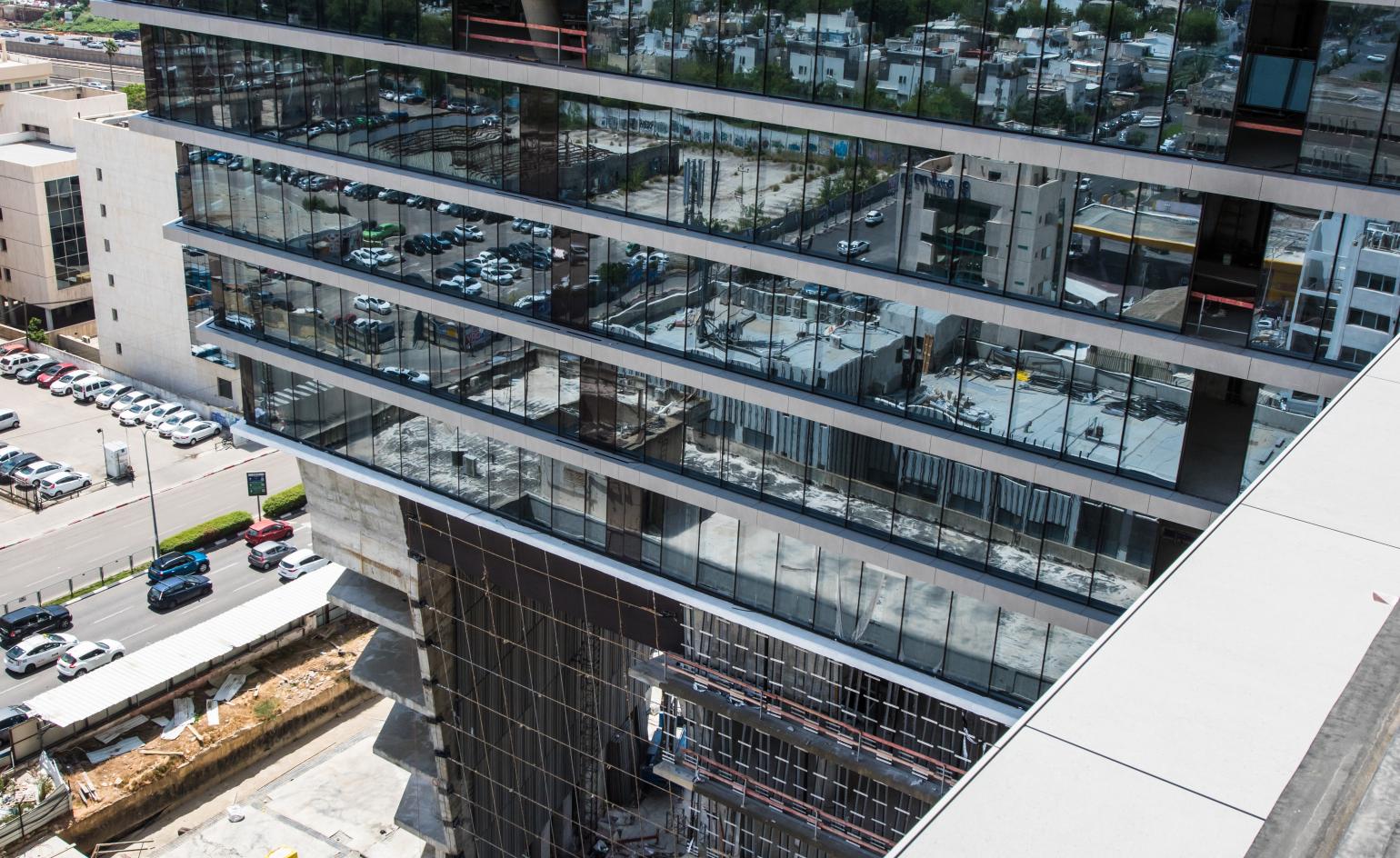
Full completion is scheduled to be reached by 2022.
INFORMATION
Receive our daily digest of inspiration, escapism and design stories from around the world direct to your inbox.
Ellie Stathaki is the Architecture & Environment Director at Wallpaper*. She trained as an architect at the Aristotle University of Thessaloniki in Greece and studied architectural history at the Bartlett in London. Now an established journalist, she has been a member of the Wallpaper* team since 2006, visiting buildings across the globe and interviewing leading architects such as Tadao Ando and Rem Koolhaas. Ellie has also taken part in judging panels, moderated events, curated shows and contributed in books, such as The Contemporary House (Thames & Hudson, 2018), Glenn Sestig Architecture Diary (2020) and House London (2022).
-
 Patricia Urquiola reveals an imaginative inner world in ‘Meta-Morphosa’
Patricia Urquiola reveals an imaginative inner world in ‘Meta-Morphosa’From hybrid creatures and marine motifs to experimental materials and textiles, Meta-Morphosa presents a concentrated view of Patricia Urquiola’s recent work
-
 A hot pink carousel just touched down in the Swiss Alps, thanks to Carsten Höller
A hot pink carousel just touched down in the Swiss Alps, thanks to Carsten HöllerAt Kulm Hotel St. Moritz, the artist transformed a familiar childhood carousel into a meditation on time and being
-
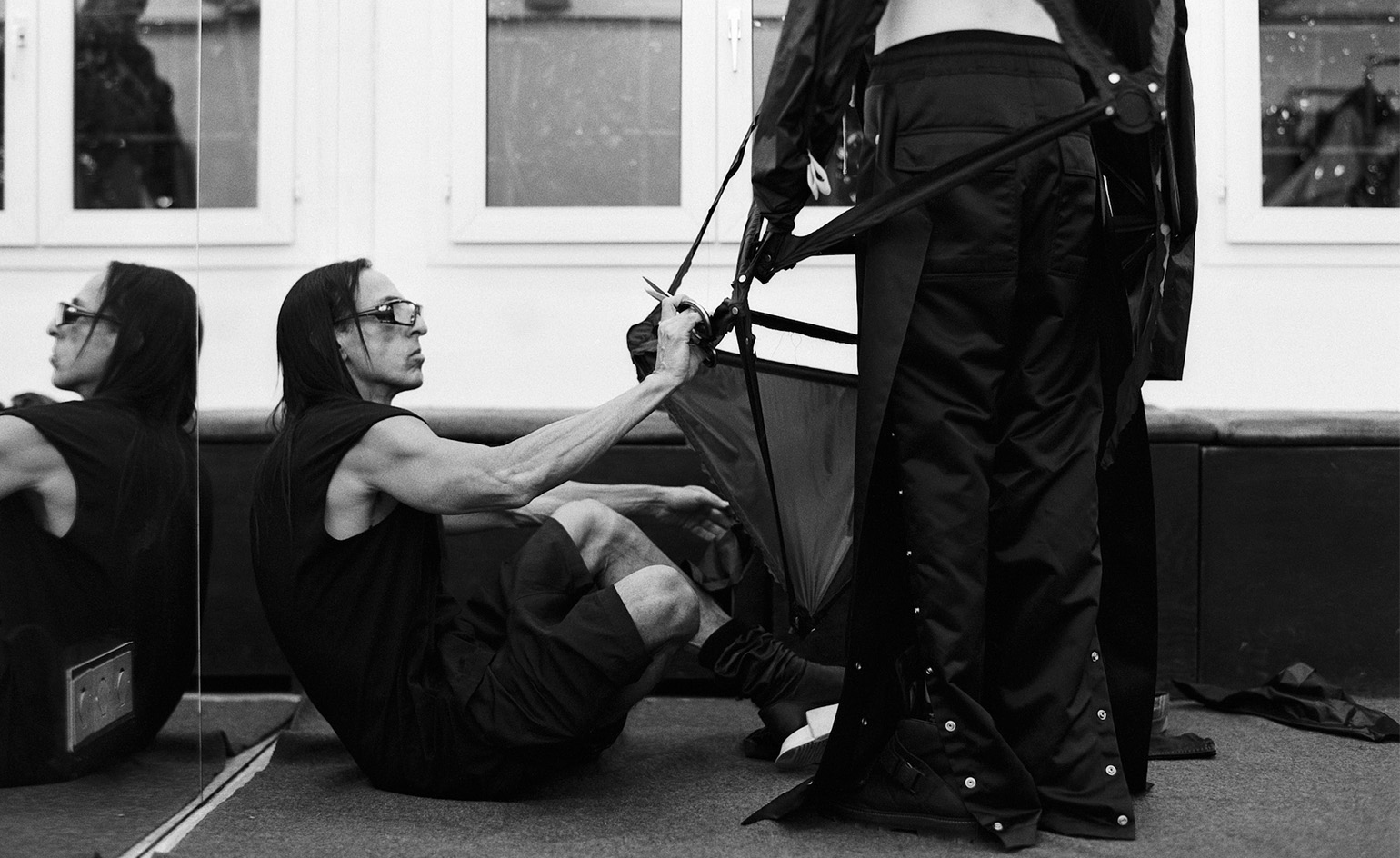 These illuminating interviews tell the story of 2025 in style, from Rick Owens to runway magic
These illuminating interviews tell the story of 2025 in style, from Rick Owens to runway magicExploring themes of creativity, resilience and facing fashion’s future, a series of intriguing conversations from the style pages of Wallpaper* in 2025
-
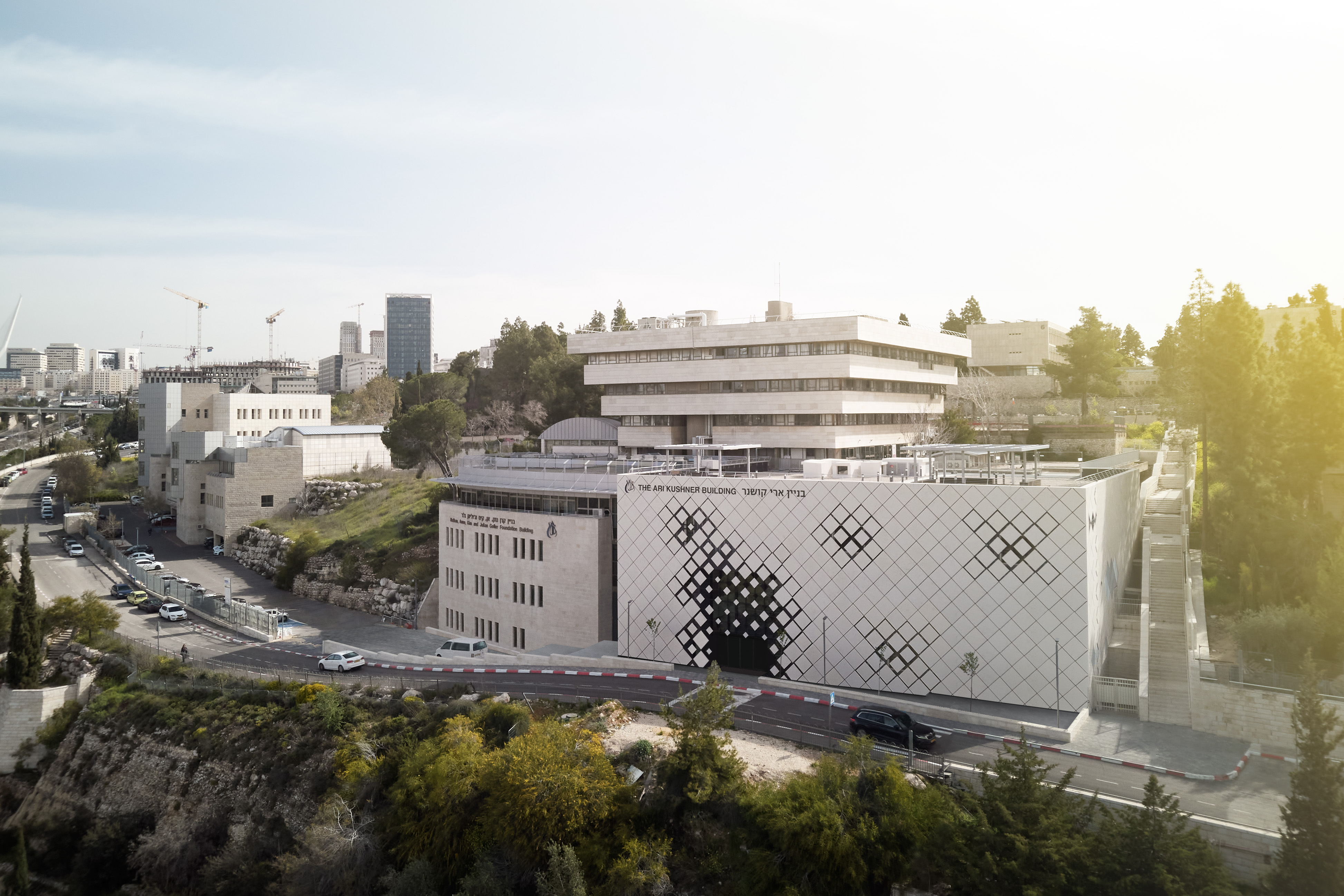 New Jerusalem Academy of Music and Dance extension creates transparency with stone
New Jerusalem Academy of Music and Dance extension creates transparency with stoneThe Ari Kushner Building for the Jerusalem Academy of Music and Dance (JAMD) is completed, creating transparency with stone, and channelling chaos into its corridors
-
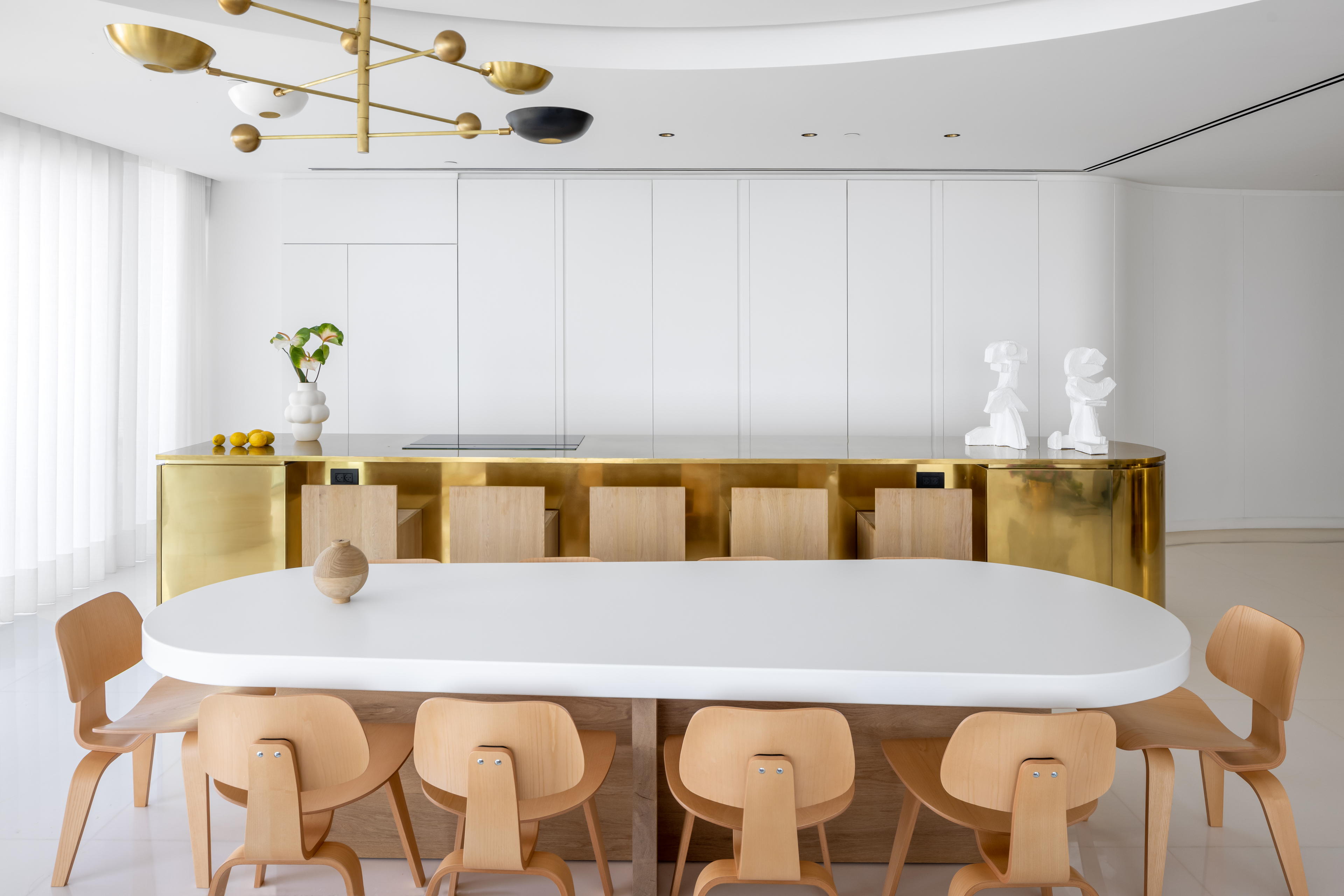 Dynamic Tel Aviv apartment shimmers in the Mediterranean light
Dynamic Tel Aviv apartment shimmers in the Mediterranean lightArchitect Alex Meitlis reveals dynamic Tel Aviv apartment that is designed to shimmer and come alive in the bright light of the Mediterranean
-
 Architect Omar Degan’s latest work is an ode to Somali culture
Architect Omar Degan’s latest work is an ode to Somali cultureSalsabii – a multi-functional space in Mogadishu by the locally-based architect – offers an architectural nod to the rich cultural identity and heritage of Somalia
-
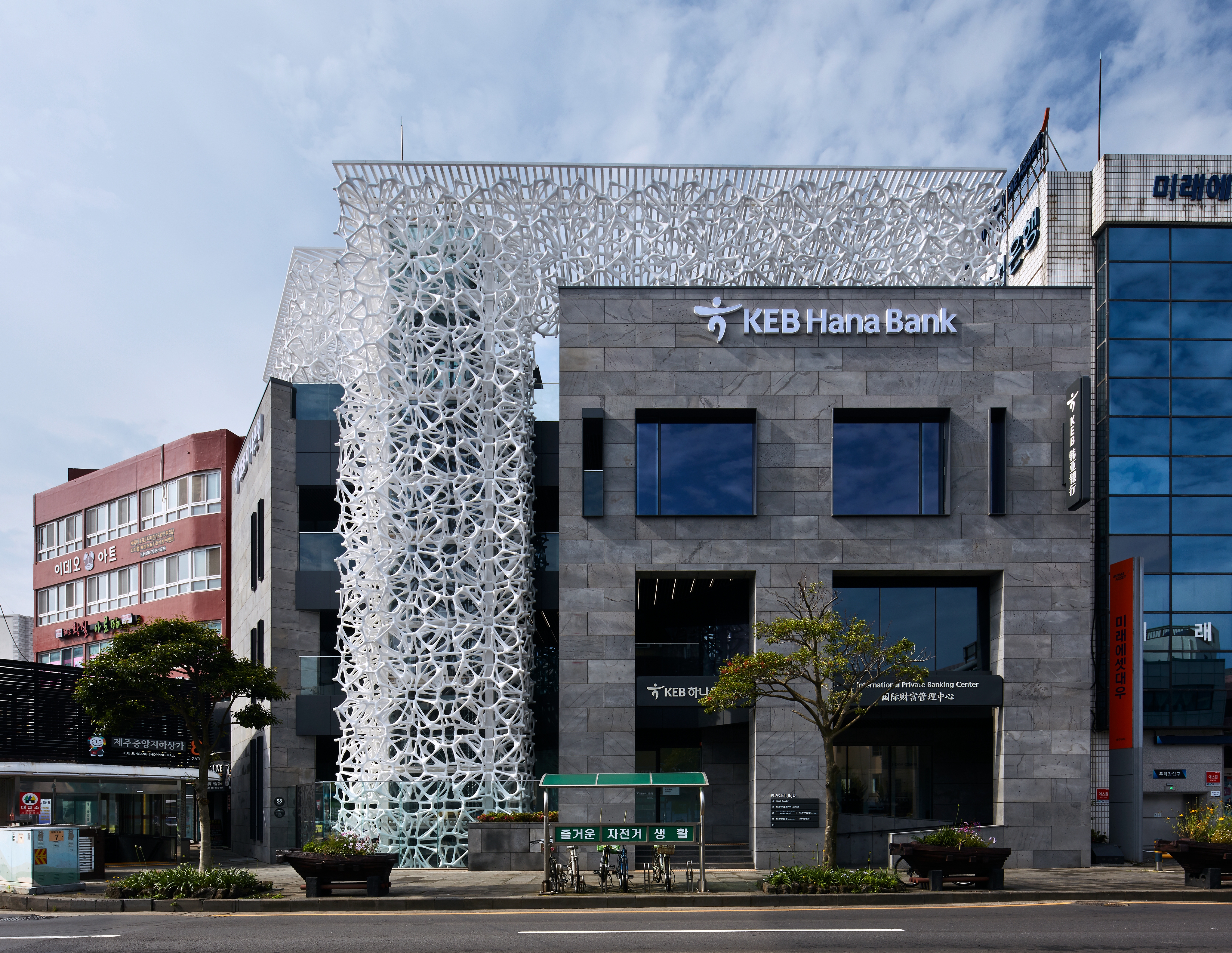 The System Lab founder Chanjoong Kim on style and evolution
The System Lab founder Chanjoong Kim on style and evolutionThe Wallpaper* Architects Directory has turned 20. Conceived in 2000 as our index of emerging architectural talent, this annual listing of promising practices, has, over the years, spanned styles and continents; yet always championing the best and most exciting young studios and showcasing inspiring work with an emphasis on the residential realm. To mark the occasion, this summer, we’re looking back at some of our over-500 alumni, to catch up about life and work since their participation and exclusively launch some of their latest completions. South Korean Architects Directory alumnus The System Lab has gone from strength to strength since its 2016 inclusion, with work expanding from private homes to masterplanning, housing and impressive commercial work. Here, we speak to founder Chanjoong Kim to explore the studio's evolution and latest work.
-
 Baranowitz Goldberg and Pitsou Kedem design Jaffa penthouse for Aby Rosen
Baranowitz Goldberg and Pitsou Kedem design Jaffa penthouse for Aby RosenWe visit a Tel Aviv penthouse apartment by prolific developer Aby Rosen at the Jaffa hotel, a residence designed by Baranowitz Goldberg and Pitsou Kedem
-
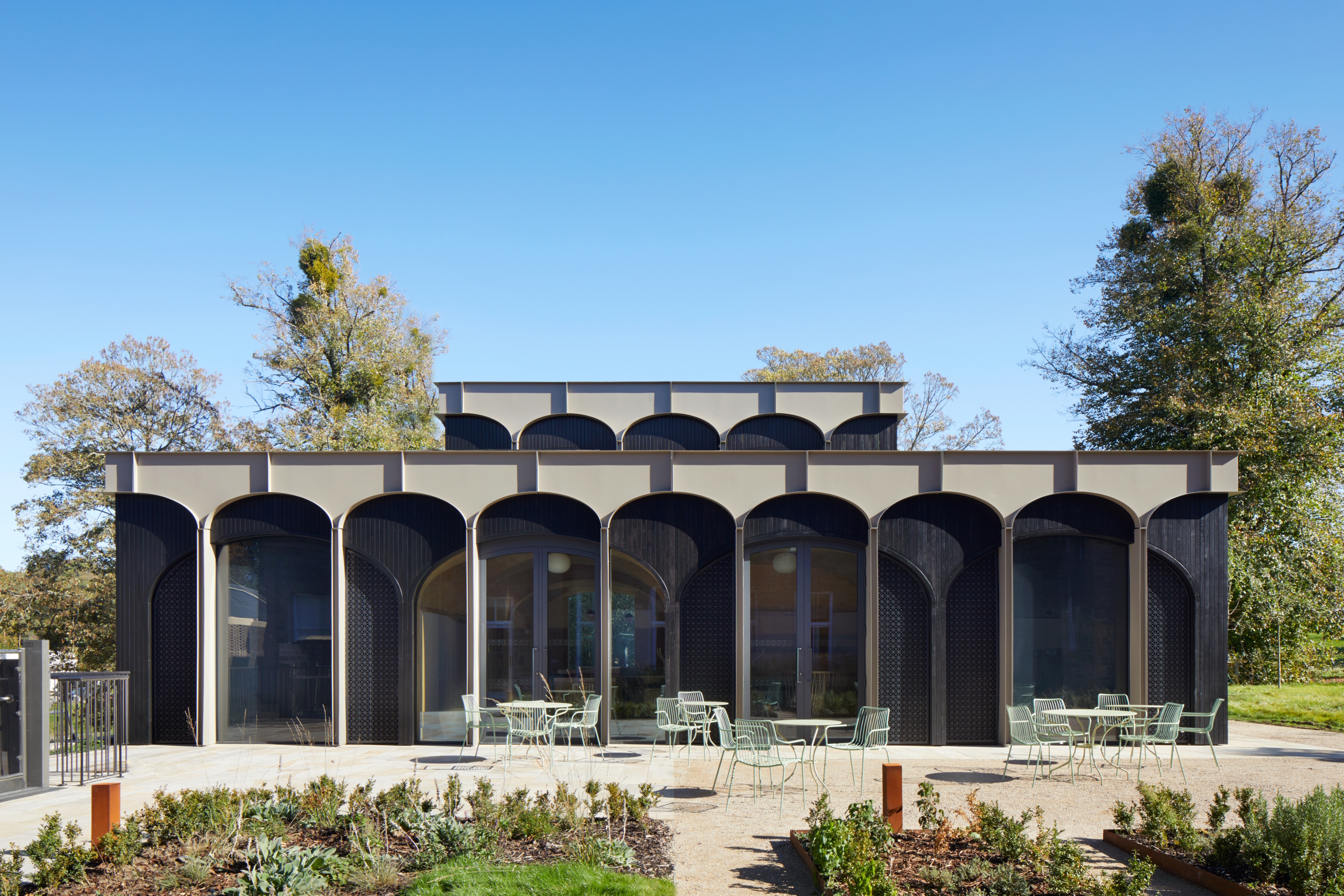 Orangerie-inspired restaurant opens in Kent’s Wildernesse Estate
Orangerie-inspired restaurant opens in Kent’s Wildernesse EstateThe contemporary pavilion references the Estate’s heritage through timber vaults, channelling a 19th-century tea house
-
 Bauhaus residence of entrepreneur Mati Broudo in Tel Aviv renovated by AN+ architects
Bauhaus residence of entrepreneur Mati Broudo in Tel Aviv renovated by AN+ architects -
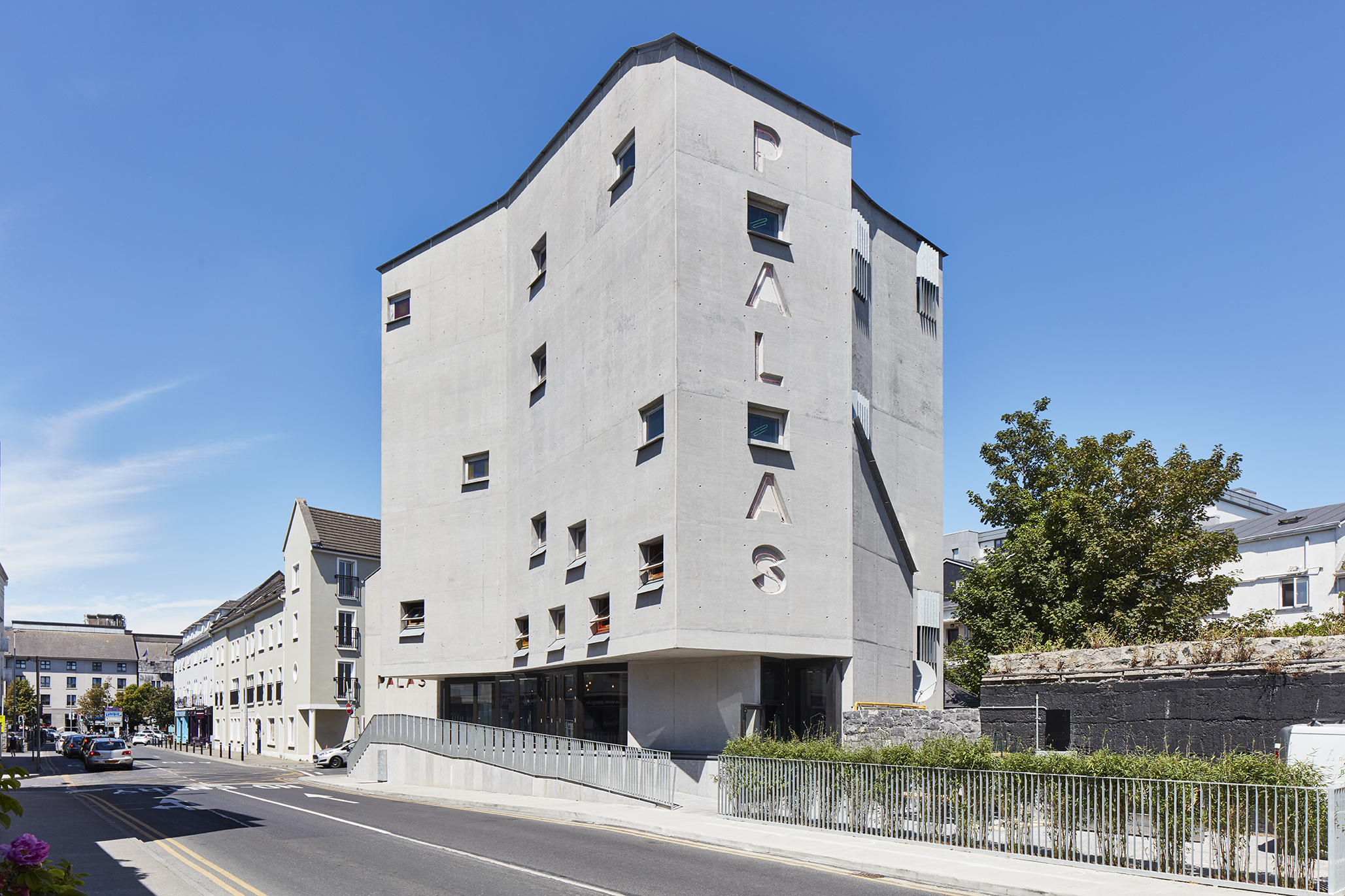 Pálás in Galway takes arthouse cinema to the next level
Pálás in Galway takes arthouse cinema to the next level